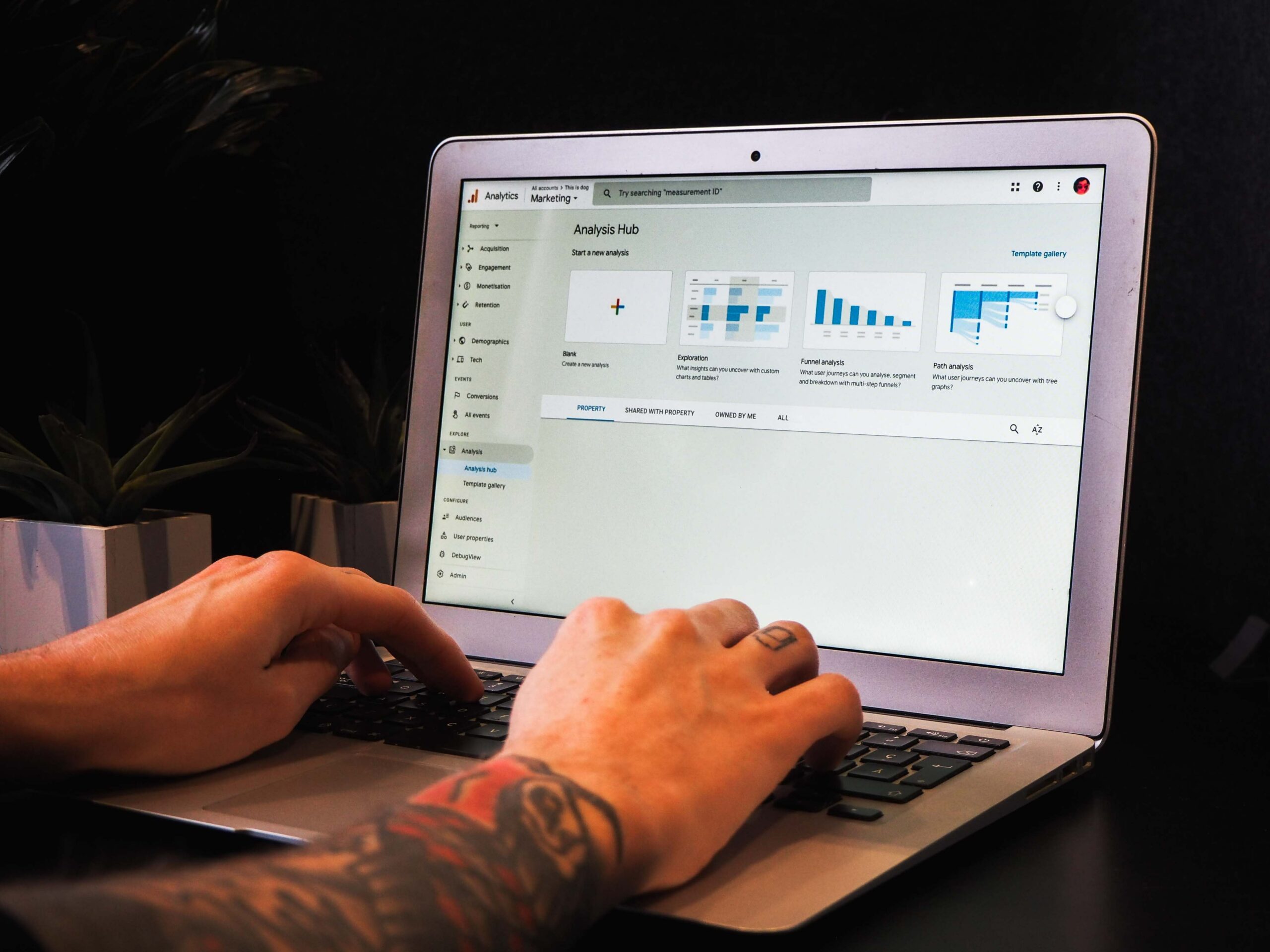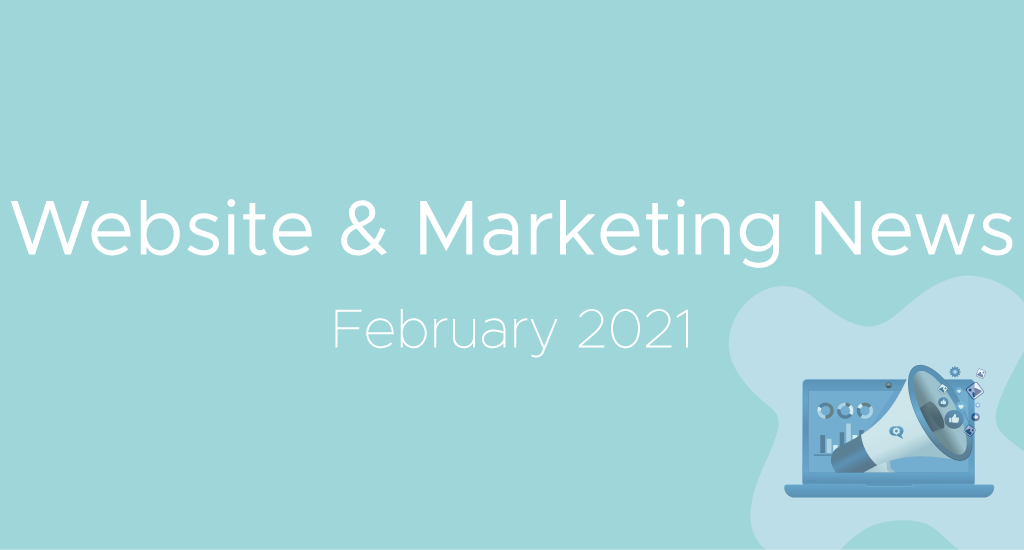Once you know who your customer personas are you’ll want to know where they are online and what types of content they like. If you know where your customers are you can focus your marketing efforts in those places.
You have now entered the research phase. Learning about your customers online whereabouts is the next natural step in targeting them with the best market messages.
This article will show you how to find your customer personas online. You will also discover what types of content they consume.
‘Valuable’ consumption
Before we get to where your customers are online let’s start off with what ‘valuable’ content means.
Valuable content = content that pushes a customer towards a conversion or even a sale. Valuable content is typically informative, useful and offers lots of value for the reader.
Content can be valuable to your customer and to you too. Avoid creating content that isn’t valuable for you or your customer.
The question here is what types of content do your customers value? Do they like videos or written text-based pieces?
Your customers may like:
- Long form explainers
- How to’s
- Short resource guides
- Reviews
- Testimonials
- Infographic images
- Recipes
- Interviews
- Recaps
- News
If you can understand and define what content your customers find helpful you can serve them what they want.
Ideally, you want to be able to detail the specific types of content each of your customer personas find helpful throughout their journey towards conversion.
Retracing the customer journey
So, where are your customers?
In order to locate where they spend their time you’ll need to know everything about your customers buying habits. Exploring these buying habits will uncover the journeys they take to get to that final purchase decision.
The secret to knowing where your customers are online is to start at the end and work back to the beginning. By ‘the end’, we mean, where they eventually convert or make a sale.
Flip the funnel
At this point it’s important to introduce the marketing funnel. It looks like this:
Image of marketing funnel.
Starting at the end really means flipping the funnel so that we first look at the conversion and work backwards to trace the journey the customer took towards conversion. The idea of marketing is to move customers down the funnel towards the conversion stage at the bottom.
Image of upside down funnel.
But how do you do that?
Here’s some quick easy tasks to help you.
For beginners: talk to your customers.
If you want to learn about where your customers like to spend time online and what content they consume, it’s simple. The best people to answer questions about what your customers are thinking are…YOUR CUSTOMERS. Instead of trying to guess what they were thinking, you can actually ask them what they were thinking.
If you don’t have any customers yet there’s another option. Find people who you are using your competitor’s products and talk to them.
Ideally, you should talk to the people you think are interested in what you are selling. You’ll confirm one of two things:
- establish that you’re doing the right things
- you’ll realise you aren’t and that you need to change/adapt/evolve your marketing or even your product.
Upside Down funnel questions to ask your customers
Working backwards through the customer journey with your questions will help your customers to explain to you how they got to the purchase. It’s often easier for a customer to talk about what they bought first and then expand on their journey towards buying it – i.e the upside down funnel.
Here’s 10 ‘upside funnel questions’ to get you started.
- What was the purchase experience like?
- Where did you eventually buy the product?
- What made you want to buy the product from that website?
- Were there other shops or websites you were considering purchasing from when you were researching the product?
- How did you research the product *?
- Was there any website or webpage that helped you learn more about the product?
- Did you spend a long time researching the product?
- What did you watch or read that helped you learn about the product?
- Where did you first see the product online?
- Why did you want to buy the product in the first place?
What you’ll learn from asking these questions
Each question will reveal something different about where your customers like to spend time online and the types of content they like to consume throughout that journey.
Answer to questions 1 – 3 will reveal what sort of experience your customers like. Some things to consider here:
If people are converting somewhere that isn’t your website, why? Do you need to improve your customer journey on your website? Where are they buying? If you sell products that can be bought on amazon or ebay are you fighting a losing battle in trying to compete with those platforms? What did the customer like and dislike about the purchase experience?
Answers to questions 4 – 8 reveal arguably the most important details about where your customers like to spend valuable (to you) time online. The middle of the funnel is all about research. Customers are trying to make up their minds about what to buy, where to buy and who to buy from.
These questions will reveal your closest competitors, the research methodology used, the types of content they read during research, how long their research journey took, what devices they used to research and what content experiences helped them to move closer to an eventual purchase.
Answer to questions 9 and 10 will reveal where they discovered the product right at the start. What did they initially do to start their research? How did they hear about the product?
Advanced: use data gathering tools
If you want to dig deeper use data to uncover valuable insights about your customer personas.
Start with any data gathering platforms that you can access.
Your Facebook page insights, Twitter analytics and LinkedIn analytics all offer valuable insights into who your customers are and where they spend their time. Ex. You may discover that you get much more engagement on LinkedIn and facebook than you do on Twitter and Instagram. That’s where your best customers are.
However, a huge game changer is Google analytics. Google analytics can teach you so many things about your customers. Google analytics can show you:
- The most popular pages on your website
- The referral sources that push traffic to your website
- How long users spend on specific pages
- Whether users visit more than just one page
- Demographic information about your website users
- Top channel conversion paths
- Assisted conversions
…And so much more.
Top top: use a combination of all 4 report tabs in GA to learn about your chosen personas.
Dig into your competitors
Finally, look at your competitors customers to get a wider picture. There are several tools that allow you to get insight into your competitors customers.
- Use SimilarWeb to get information about a competitors website traffic.
- Use Ahrefs to discover competitor pages that are performing in Google.
Both of these tools will give you an idea of which pages, topics and content types that your competitors customers find valuable.
Study industry research
If you’re looking for more detail, try doing some industry research.
Try to find annual research reports to read. Look for reports that comment on the industry that you operate in. Use several reports to cross reference any learnings you might take from facts and figures in those reports.
One report may tell you one thing, another report may tell you the opposite. This is why it is very important to qualify anything you take from one report using a consensus from multiple reports.
Rinse and repeat
It’s important to understand that learning about your customers should constantly continue. It is not a “do it once and you’re done” task. Why?
- The needs of your customers are constantly changing and evolving
- The digital landscape is constantly changing
- Your competitors will be trying to reach the same customers as you
There you go, you now know how to find your customer personas and what valuable content they like to consume.







